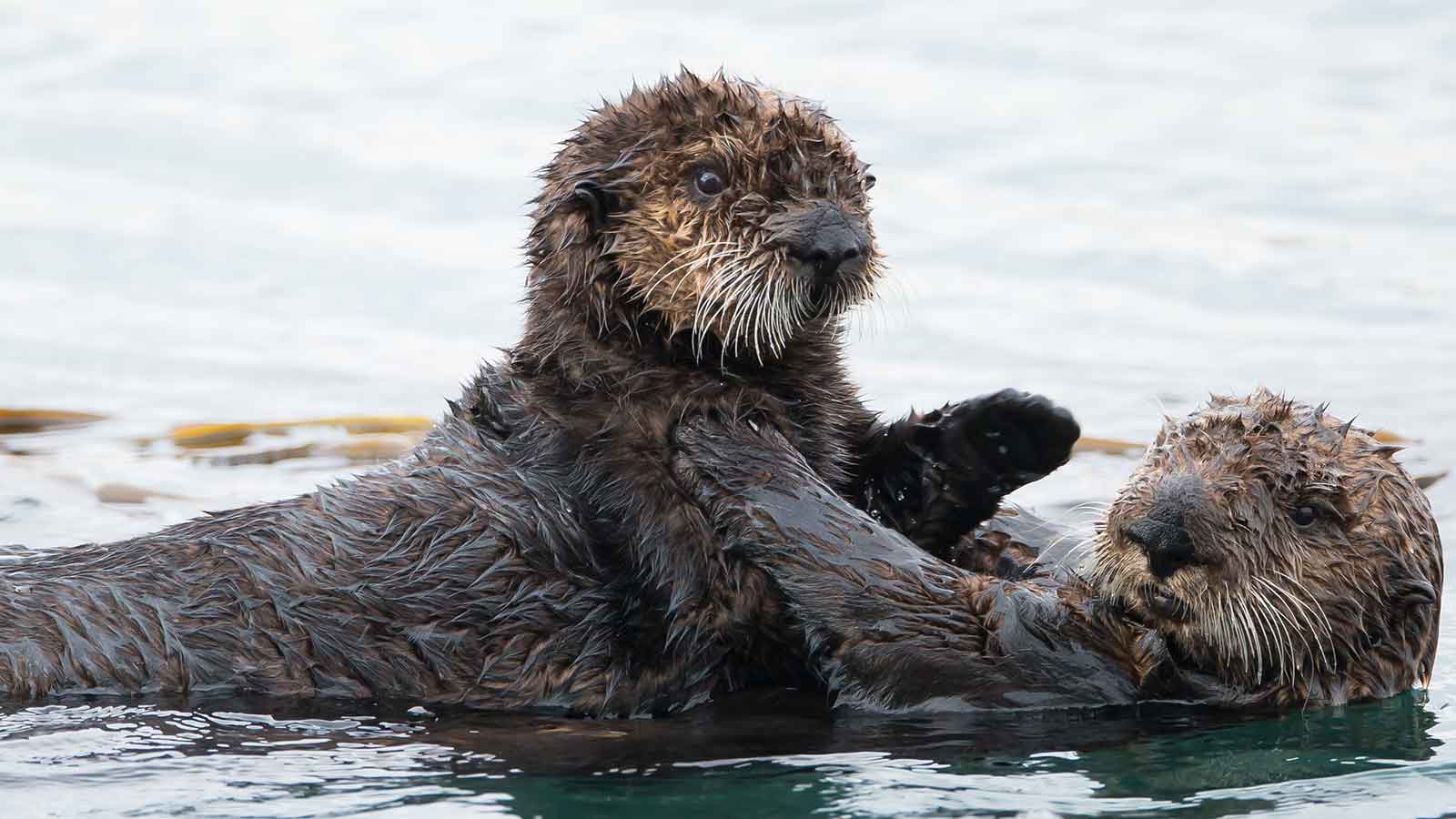
The whales of the Gulf of Mexico
The amazing whales that frequent the Gulf of Mexico and what we can do to protect them.
Updated
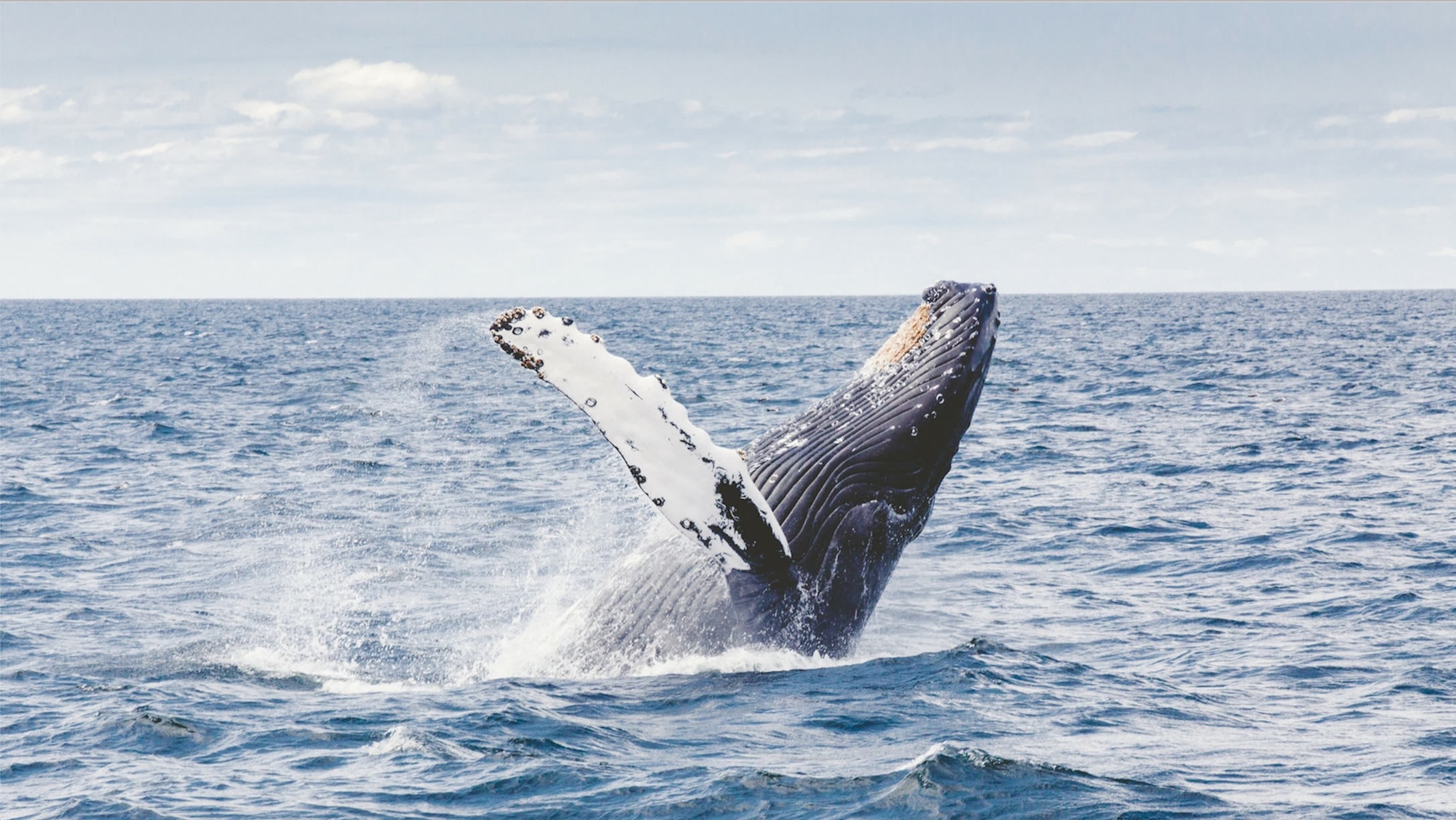
Visitors to the Gulf out on a beach day or a boat might be treated to the sight of a whale fluke breaching the surf or the tell-tale spray of a whale surfacing to take a breath. Those lucky enough to see this amazing sight might be left with the question: what kind of whale did I just see? Which whales can you find in the Gulf of Mexico?
It turns out many whale species reside in or travel through the Gulf of Mexico.The Gulf serves as essential habitat for some species, such as the Rice’s whale, or as an occasional destination for other species, like humpbacks.
Here’s a quick guide to the whales you might spot in the Gulf of Mexico.
The Gulf’s whales are at risk
Like whale populations around the globe, many of the whales found in the Gulf are threatened or endangered. Warmer ocean waters are causing shifts in where krill and small fish aggregate, making it harder for whales to find their favorite foods. When they venture close to the coasts, they can face threats from fishing gear, ship strikes and pollution.
Whales visiting the Gulf face a unique threat: offshore oil & gas drilling. When we drill, we spill, and when oil slicks the surface of the ocean, whales breathing and feeding are at risk of ingesting or inhaling it. Once in a whale’s system, these petroleum chemicals can lead to immediate and long-term problems for their health. During the 2010 Deepwater Horizon oil spill response, scientists spotted more than 1,300 whales and dolphins swimming in or covered by oil, and more than 150 whales and dolphins were found dead.
We need to do as much as we can as fast as we can if we want to give these amazing animals a fighting chance. These are some of the magnificent whale species that share the Gulf of Mexico with us and the work we’re doing to protect them:

Rice’s Whale
The Rice’s whale should be the Gulf of Mexico’s mascot. Known as the “Gulf of Mexico whale,” they are an endemic whale species, meaning they are native to the Gulf and don’t have populations anywhere else in the world. Some researchers describe them as a “uniquely American whale.” Originally thought to be a subspecies of the Bryde’s whale, they earned their distinction as a separate species in 2021. But that species separation came with another title for the Rice’s whale: one of the most critically endangered large whales in the world. Their small population and habitat size leave them highly vulnerable to habitat destruction, ocean pollution and vessel strikes. Researchers estimate there are only 51 Rice’s whales left. The death of a single Rice’s whale could have devastating consequences for the population’s recovery.

Sperm whale
The sperm whale is the largest toothed whale (getting as long as 52 ft.!) and spends its time diving deep to feed on species like squid and sharks that live far below the surface. They are also the only whale whose blowhole is placed asymmetrically.
Sperm whales can be found year-round in the Gulf, and the Northern Gulf may be home to a distinct subpopulation of the species. Measurements of whales stranded on the Gulf coast found that individuals were smaller than average. An analysis of genes passed from mother to calf indicate that female sperm whales born in the Gulf tend to stay there, even as the male sperm whales may migrate to other areas.
Even cooler: sperm whales’ calls, known as “codas,” are thought to be passed from whale to whale within a group, forming a cultural tradition. Acoustic monitoring of the Gulf of Mexico’s sperm whale population found that their calls are unlike those of sperm whales in the North Atlantic, sorting the Gulf’s whales into a distinct “acoustical clan.” So if you do spot a sperm whale off the coast, it’s possible that it and its family have lived in the area for generations.
Still, sperm whales are endangered. While their populations, globally, have rebounded from whaling days, they still face risks ranging from ship strikes to plastic pollution. The sperm whales of the Gulf of Mexico were also likely impacted by the Deepwater Horizon oil spill.
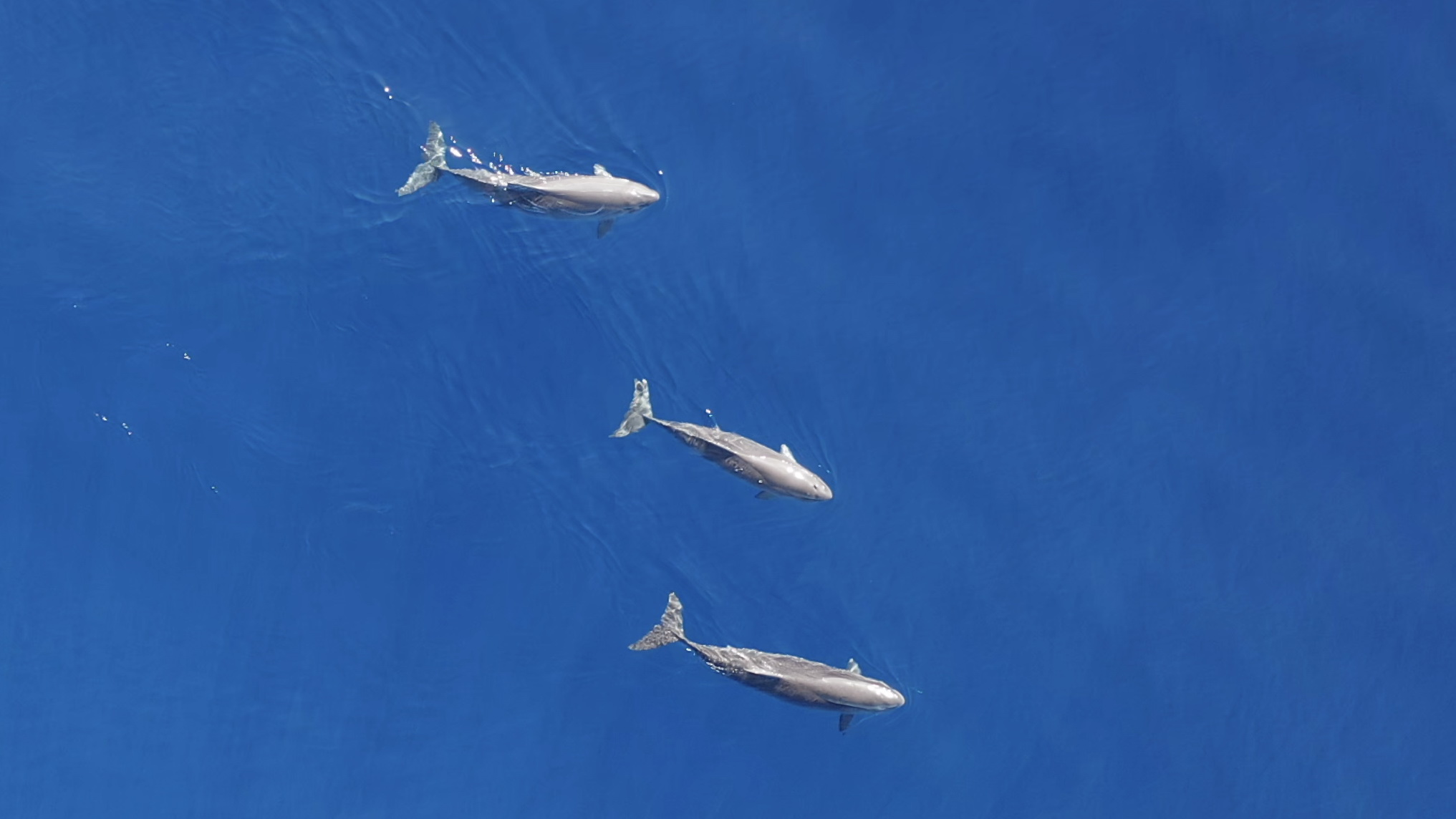
Dwarf & pygmy sperm whale
If you spot a whale that looks like a classic sperm whale, but it seems way, way too small, you might have caught sight of an elusive dwarf or pygmy sperm whale. If so, you’ve had some great luck: these whales tend to avoid boats and planes, making them hard to spot and study. While these year-round residents of the Gulf are two separate species, their identical looks makes it hard to tell them apart, unless you have a chance to measure them: Dwarf sperm whales can grow to a length of 9 feet, while Pygmy sperm whales can grow to 11.5 feet.
One of the most unique features of these small whales is their use of “squid tactics.” When trying to escape from predators or other threats, they can release a reddish brown liquid,or ink, from their intestine to help them get away. Ironically, these whales like to feed on squid and octopuses as well as other deep sea crustaceans and fish.
While neither species is considered endangered, like many other whales in the Gulf, entanglement in fishing gear, ocean noise, plastic pollution and ship strikes can threaten the species.
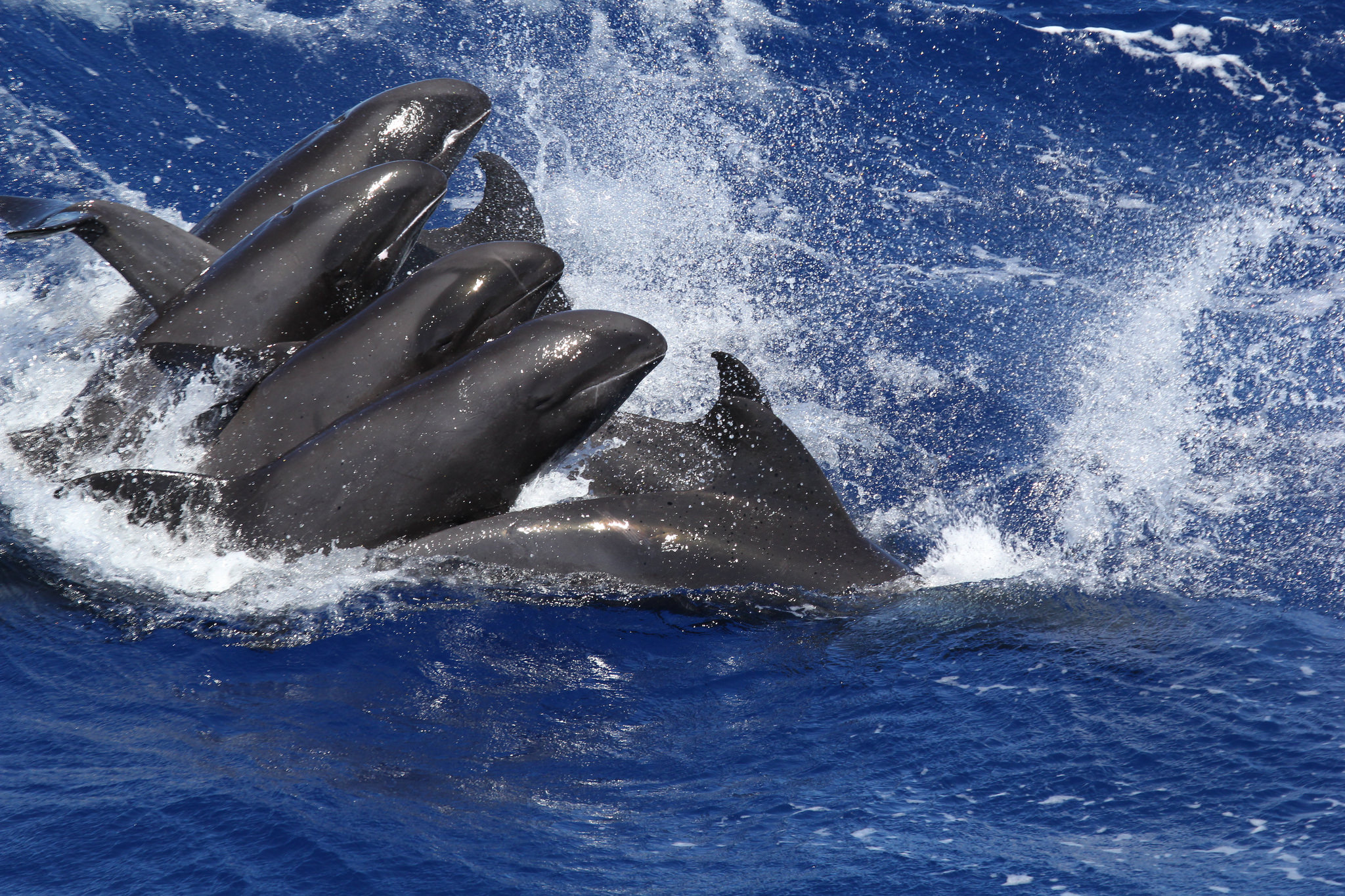
Melon-headed whale
If you see a pod of whales taking small leaps out of the water when they swim, you might have spotted a group of melon-headed whales. Named after their large, oil-filled foreheads that help them echolocate, these marine mammals call deep tropical waters home and have been spotted in all seasons in the deeper waters of the Gulf west of Mobile Bay.
Melon-headed whales are social animals, often found in groups of hundreds to more than 1,000. Scientists think the whales organize their groups matrilineally, with female family members sticking together while the males leave to join other groups. But they don’t just hang out with members of their species: melon-headed whales have been spotted in “mixed schools” with other cetaceans like bottlenose dolphins and short-finned pilot whales (more on them below).
While these whales also aren’t endangered, they do face risks from noise, pollution and interactions with fishing gear.
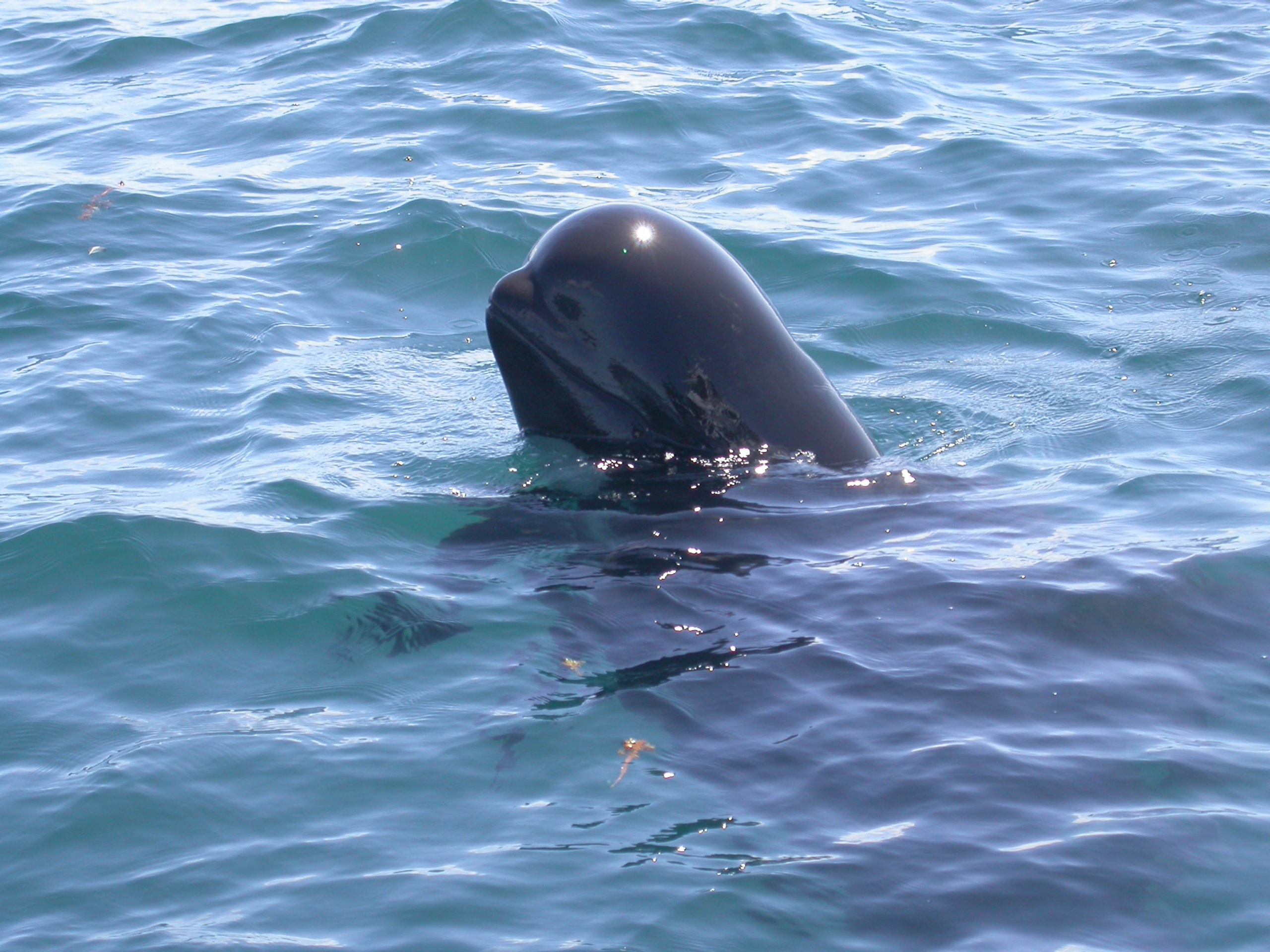
Short-finned pilot whale
Short-finned pilot whales have a population of about 2,000 in the Gulf of Mexico and can be found in other tropical and temperate waters globally, though they don’t tend to migrate far from their homes. They are social creatures who like to travel in pods composed of 15 to 30 close family relatives. Though they dive very quickly, earning them the nickname “cheetahs of the deep,” their reproduction rate is slow. Female pilot whales only reproduce every five to eight years and need 15 months to successfully carry a pregnancy to term. While not considered endangered, their population is still threatened by fishing net entanglements and vessel strikes, and in some parts of the world, short-finned pilot whales are still being hunted.
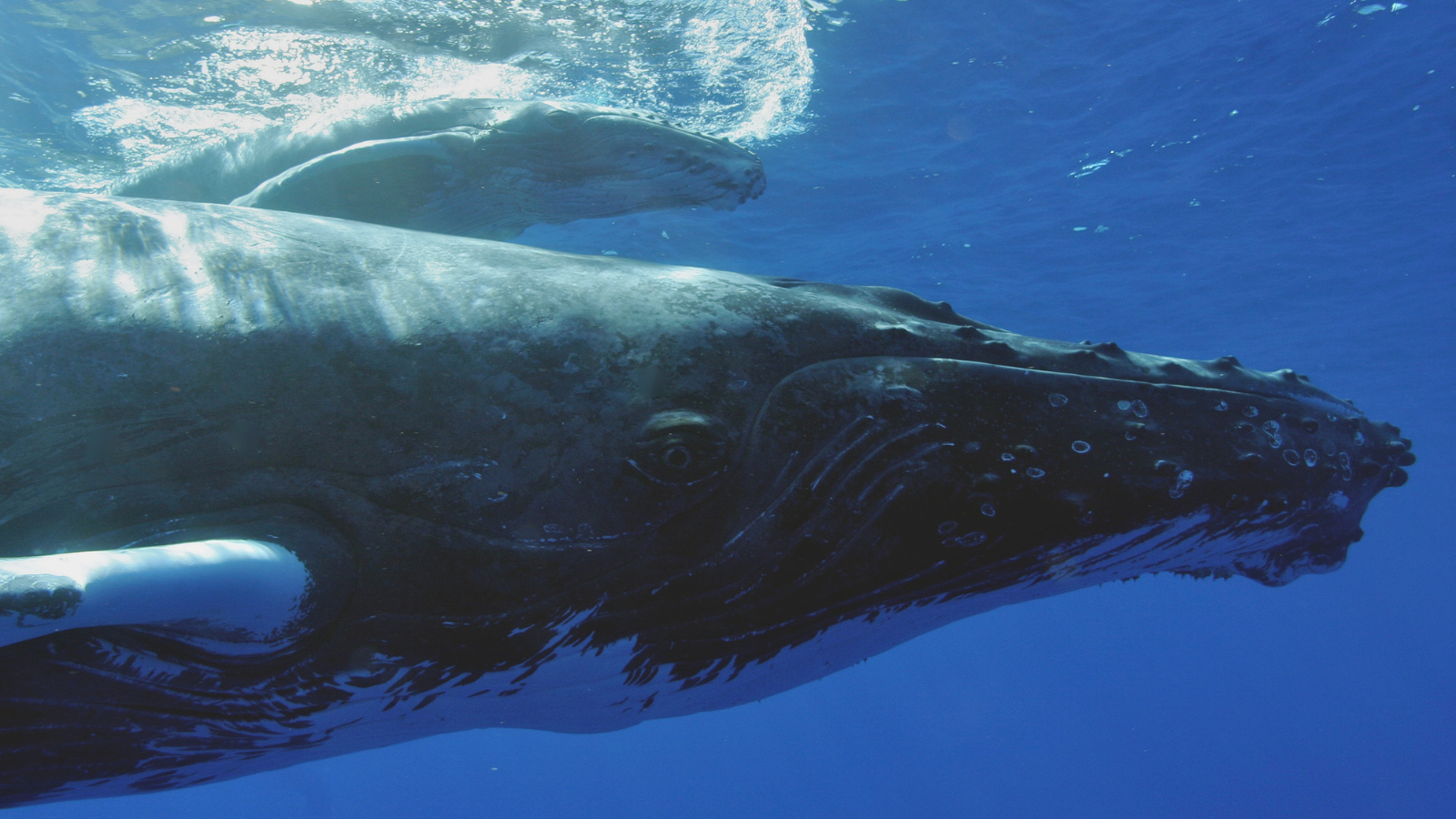
Humpback whale
The humpback whale is a conservation success story: after seeing populations plummet due to commercial whaling, conservation efforts that ended hunting of the species have helped ensure that 9 of the 14 subpopulations are not on the endangered species list. The International Union for the Conservation of Nature (IUCN) estimates that there are 84,000 mature humpback whales globally and lists the animal as of least concern.
Unfortunately, visitors to the Gulf coast aren’t likely to spot a humpback in the surf. While humpbacks have been occasionally spotted in the Gulf of Mexico, scientists have found that these snowbirds prefer to spend their winter in the waters surrounding the Dominican Republic and the Antilles, if they migrate south at all.
In spite of our conservation success, humpbacks still face threats from fishing gear entanglement and ship strikes, as well as stress caused by noise and water pollution.
We’re working to protect the whales of the Gulf
The Gulf of Mexico is important to many whale species and the health of our oceans. Human activities pose one of the greatest threats to the lives of these whales, so they need our protection if they are to survive for future generations to love and appreciate. For especially endangered whales like the Rice’s whale, our efforts could be the defining difference in their population’s survival.
Environment Texas is working hard to turn things around. Our campaigns help keep harmful pollution out of the ocean, keep waterways clear of chemicals, and defend our oceans from drilling and other destructive forces — helping to protect the marine animals we love. Now, we’re calling on the National Oceanic and Atmospheric Administration (NOAA) to protect the Rice’s whale and promote habitat conservation, safety regulations, rescue missions and ocean regulations that can give Rice’s whales a shot at recovery.

Will you make a gift for the environment this year?
Our research and public education work are made possible by tax-deductible contributions from supporters like you.
Topics
Authors
Luke Metzger
Executive Director, Environment Texas Research & Policy Center
As the director of Environment Texas, Luke is a leading voice in the state for clean air, clean water, clean energy and open space. Luke has led successful campaigns to win permanent protection for the Christmas Mountains of Big Bend; to compel Exxon, Shell and Chevron Phillips to cut air pollution at three Texas refineries and chemical plants; and to boost funding for water conservation and state parks. The San Antonio Current has called Luke "long one of the most energetic and dedicated defenders of environmental issues in the state." He has been named one of the "Top Lobbyists for Causes" by Capitol Inside, received the President's Award from the Texas Recreation and Parks Society for his work to protect Texas parks, and was chosen for the inaugural class of "Next Generation Fellows" by the Robert S. Strauss Center for International Security and Law at UT Austin. Luke, his wife, son and daughter are working to visit every state park in Texas.
Benjamin Gentry
Intern
Ben is an intern with Environment Texas and TexPIRG and a student at UT Austin.
Find Out More

We’re hiring interns who envision a cleaner, greener world

A wave of youth ocean activism in Boston
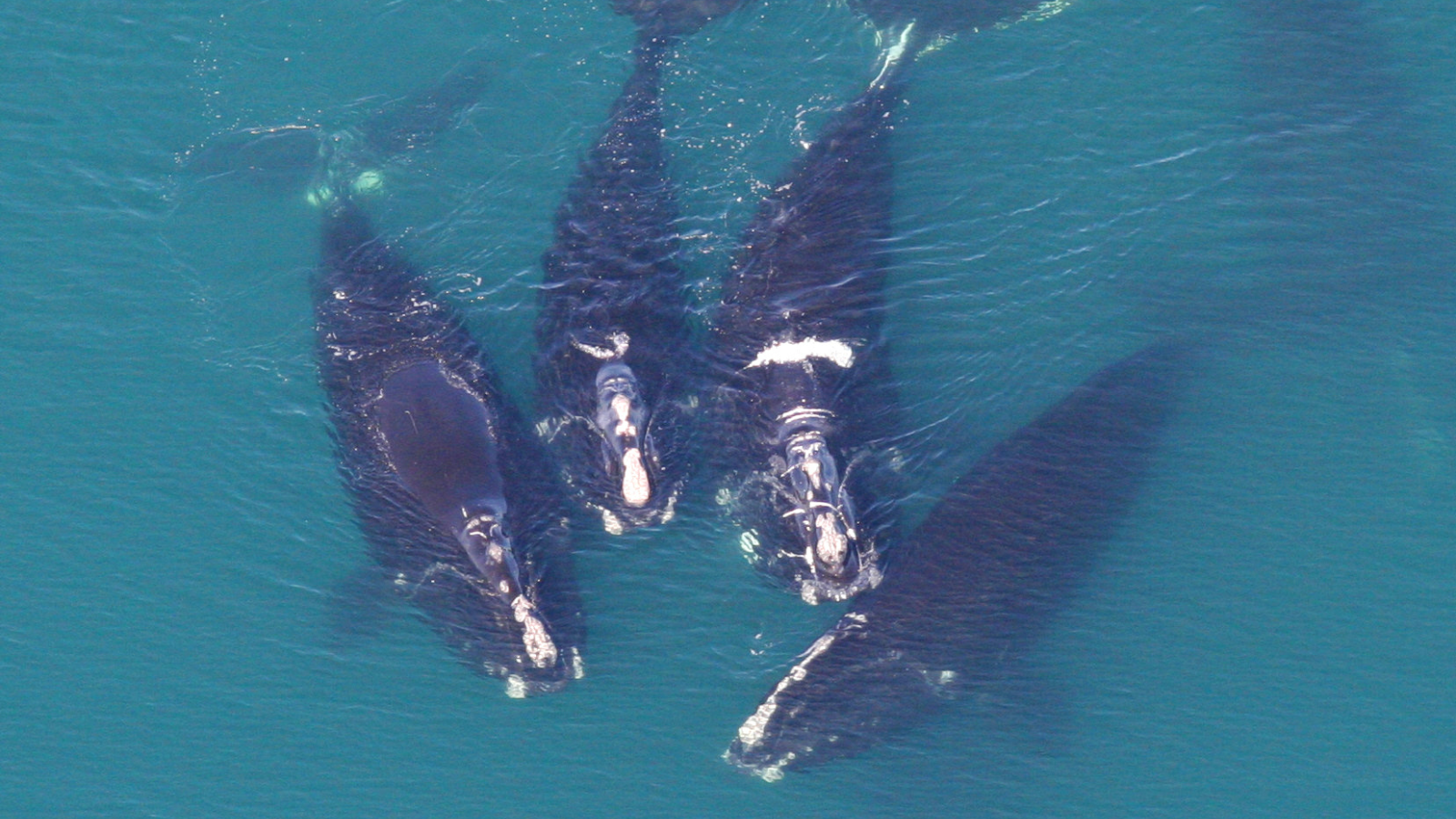
Save the Whales
